
It’s easy to talk about slavery like it were just a chapter in a history book. The truth? It was daily, constant, and inescapable. These facts pull back the curtain on what that reality looked like, because understanding it means seeing more than just a timeline.
Born Into Enslavement

Children weren’t just raised under slavery—they entered it the moment they were born, legally tied to their mother’s status. By age five, many were already sold off. Life expectancy was bleak back then, with infant mortality twice as high as that of free children.
No Legal Right To Family

Marriage held no protection for enslaved families. Husbands, wives, and children were constantly at risk of separation. Some daughters ended up in “fancy girl” auctions, while others were sold off to cover an owner’s debts without a second thought.
Worked From Sunup To Sundown

Their day began with sunrise and didn’t end until exhaustion set in. Work continued daily, through pregnancy and beyond, without pause or reprieve. Kids were pushed into labor before they could read, some as early as six years old.
Punishments Were Public And Brutal
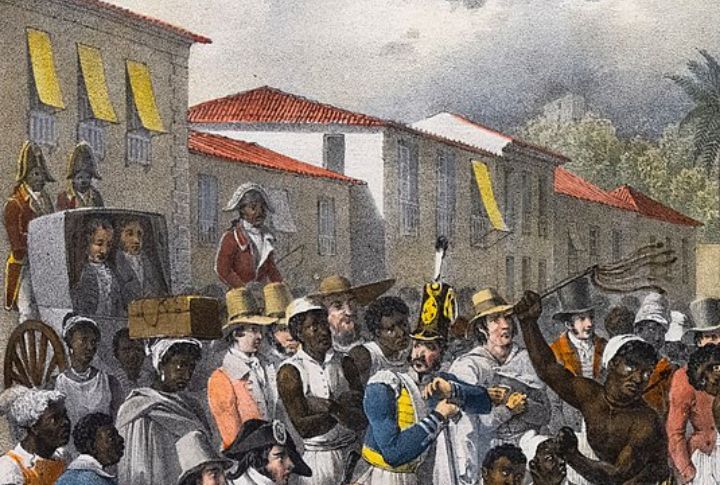
Discipline during slavery was used to assert control and discourage resistance. It often took place in public settings to instill fear. Physical penalties were severe, and those enslaved had no legal voice to defend themselves or protest mistreatment.
Forbidden To Read Or Write

Reading and writing were forbidden for the enslaved, especially across Southern states. Authorities feared what education could inspire. Harsh punishments followed those who tried to learn, but hidden gatherings kept literacy alive and laid the groundwork for voices that would challenge slavery itself.
Freedom Papers Could Be Ignored
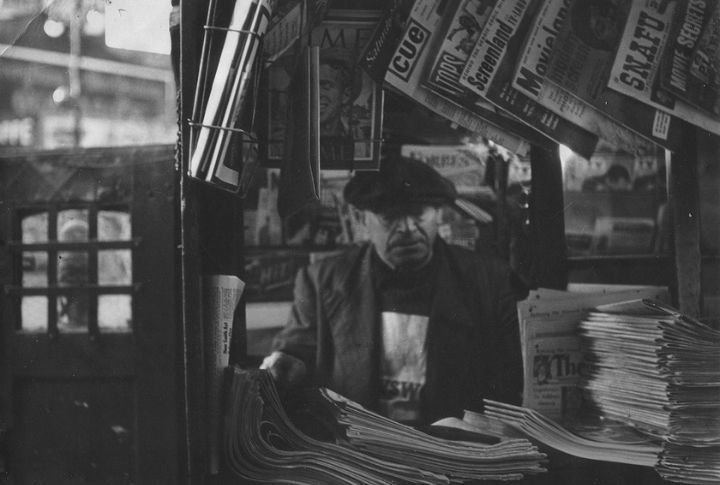
Even free Black people lived under threat. Although they had to carry papers proving their status at all times, those documents were often ripped up or flat-out ignored. One missing paper could mean getting captured, stripped of freedom, and re-enslaved.
Spirituals Were Secret Codes
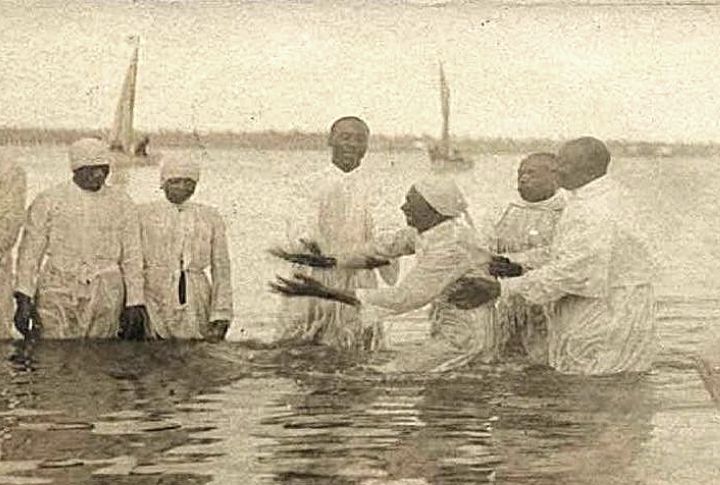
Songs like “Wade in the Water” weren’t just spirituals—they were instructions for escape. Enslaved people sang them while working, hiding directions within the melodies. Most owners didn’t catch on, mistaking coded messages for harmless hymns echoing through the fields.
Slavery Funded America’s Wealth
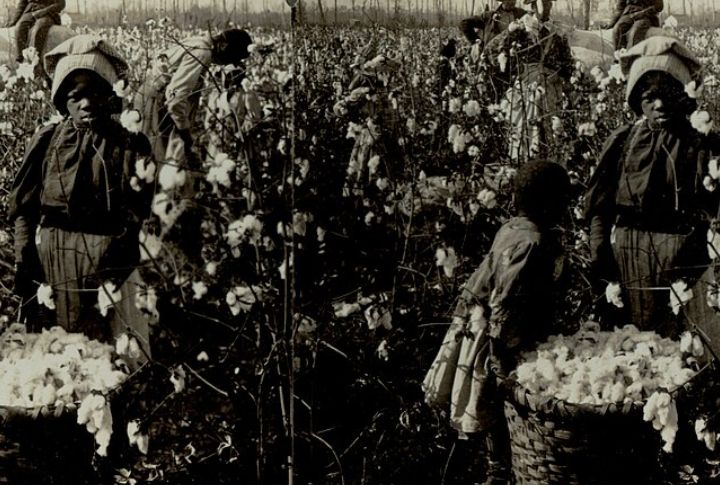
Cotton was king, and it was picked by enslaved hands. By 1860, their bodies were the country’s most valuable asset. Northern factories thrived on Southern goods, and Wall Street pumped money into the system. America’s economy was built on their backs.
Resistance Took Many Forms

Fighting back didn’t always mean open revolt. Slowing the pace, pretending to be sick, or breaking tools were daily acts of rebellion. Certain individuals went further by poisoning food or setting fires. However, even in silence, resistance shaped survival.
Surveillance Was Constant
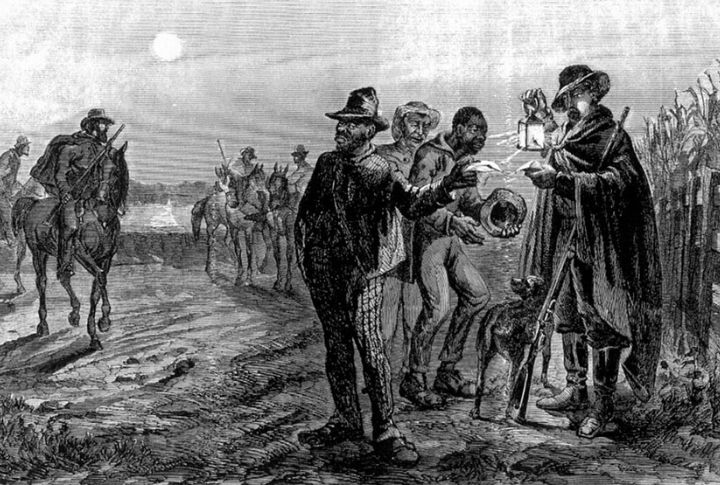
Every step was under watch. Overseers roamed the fields while informants listened for anything suspicious. At night, riders with dogs hunted those who dared escape. Many plantations used bells or horns to enforce curfews, thereby tightening control and instilling fear.
Escape Was Rare But Real
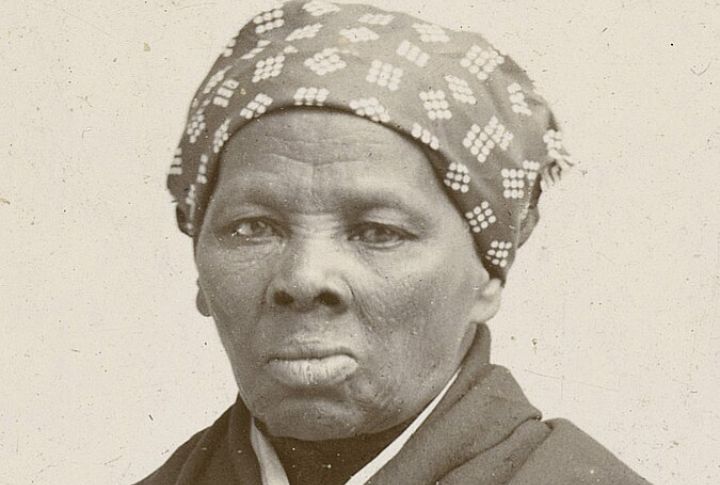
Running meant risking everything. Still, some did—fewer than 1% made it out each year. Harriet Tubman led dozens through the dark using stars for guidance. Quilts stitched with secret codes hung from porches, pointing the way to freedom.
Health Was Barely Considered

Medical attention was never about care; it was about keeping bodies working. Infections were ignored unless contamination was at risk. Painful procedures were often forced without consent, masked as treatment. Some experimented on were left with permanent damage, and no choice.
Religion Was Both A Tool And A Shield
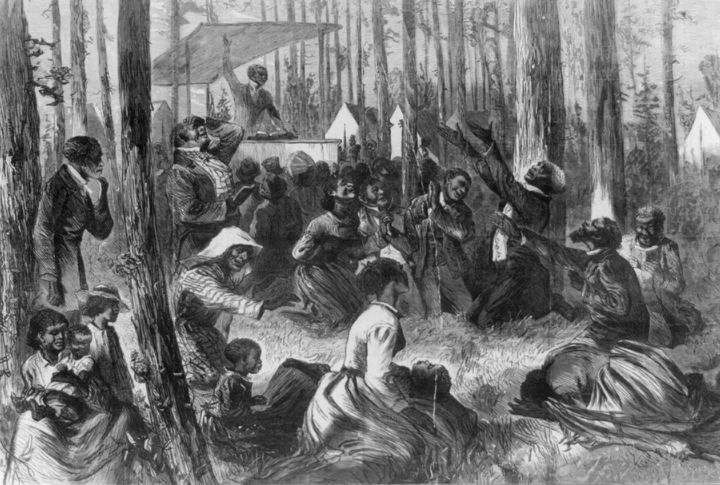
Owners preached obedience through Bible verses, hoping faith would pacify. But enslaved people created their own sacred spaces, far from watchful eyes. In these invisible churches, hope was spoken in whispers, and sermons promised freedom no master could ever offer.
Housing Was Barely Shelter
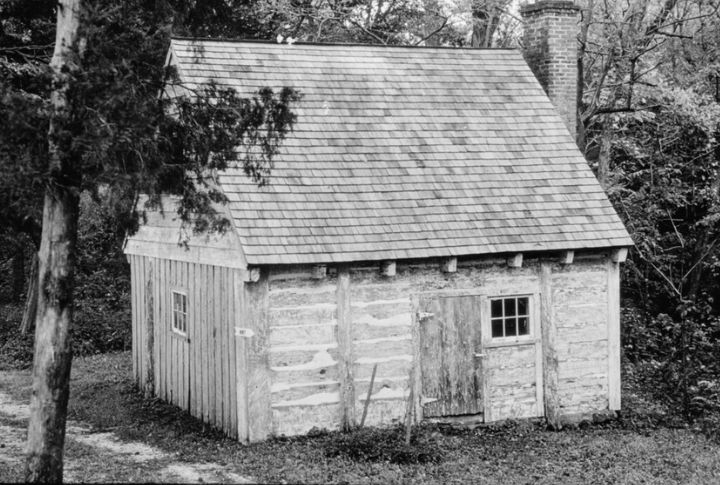
Cabins offered little comfort—packed with people, freezing in winter, and stifling in summer. Dirt floors turned to mud, and leaky roofs bred insects and disease. Sometimes, multiple families crammed into a single room. These weren’t homes—they were survival spaces, just enough to keep going.
Skilled Labor Was Exploited Without Credit
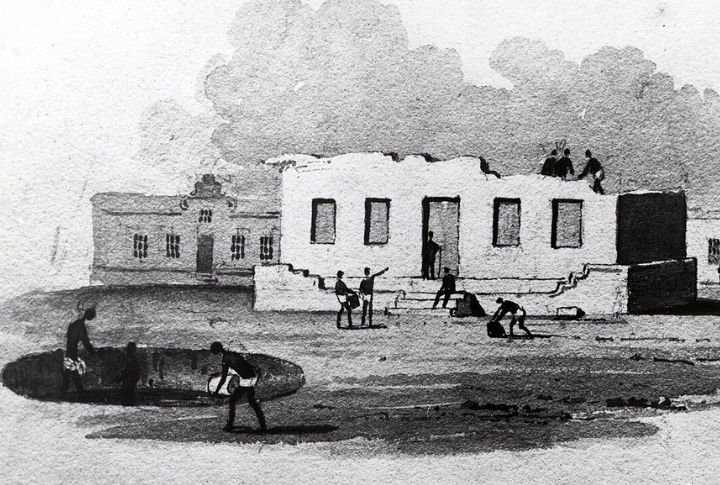
Their hands built the foundation of cities, laying bricks, forging iron, and shaping wood. Enslaved craftsmen raised elegant homes they could never call their own. Owners took the credit and stamped their names on contracts. But the structures remain, still standing and still uncredited.
Breeding Was A Business

Reproduction wasn’t personal; it was profit. Owners forced pairings to produce more enslaved children. Some men were chosen as “studs,” while women bore child after child, knowing each one could be sold. Families were calculated assets in a ledger.
Slave Auctions Were Public Spectacles
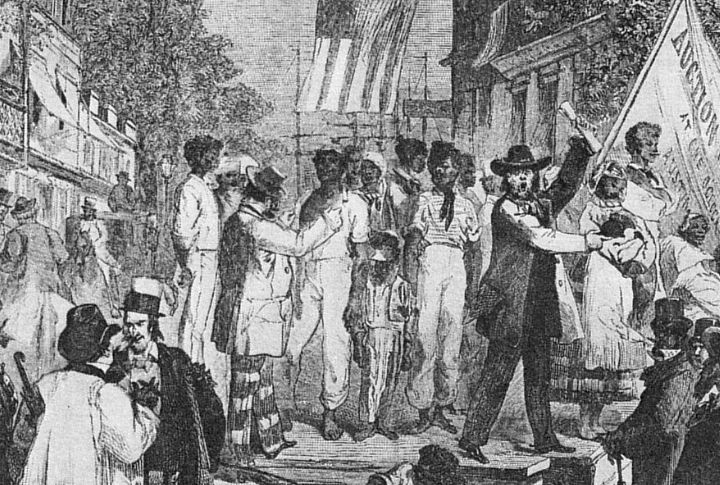
Crowds gathered to inspect human beings like livestock, checking teeth or prodding muscles. Families pleaded to stay together, but profit always won. Ads for these auctions even ran in newspapers that normalized cruelty as a form of commerce.
Enslaved Women Faced Sexual Violence
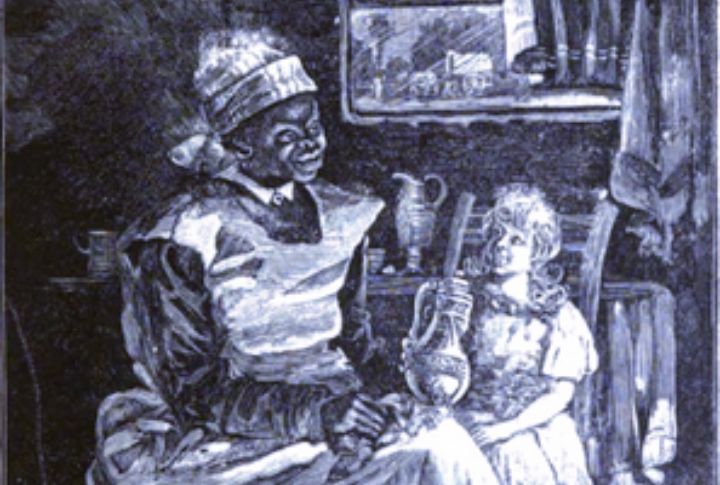
There was no protection from abuse. Owners abused women at will, with no fear of punishment. Many girls were targeted from puberty. Children born of sexual violence were reminders of power, and silence was enforced with threats of sale or worse.
Children Were Traded Like Property
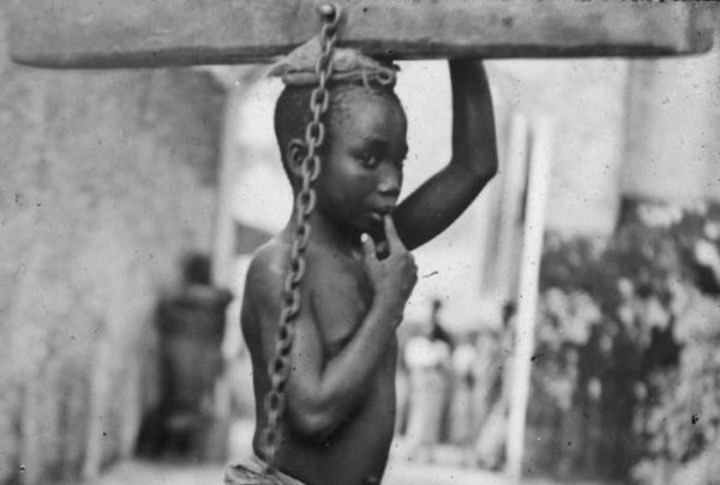
Youth offered no shield from the auction block. Boys ran errands or handled animals; girls worked indoors, often starting at seven. A few were “gifted” to white children like toys. Being young only made them easier to sell and easier to control.
Travel Required Written Permission

The movement was never free. Even visiting the next plantation required a signed pass. Patrols stopped and checked documents regularly. Those caught without papers were punished. Some forged passes to flee, but most stayed trapped by ink and fear.

